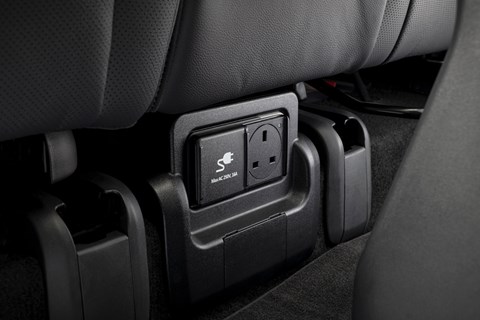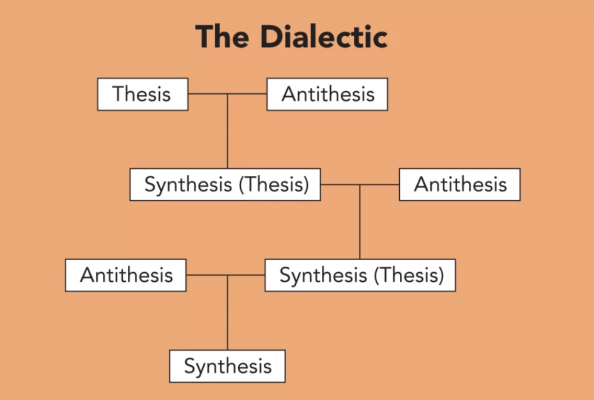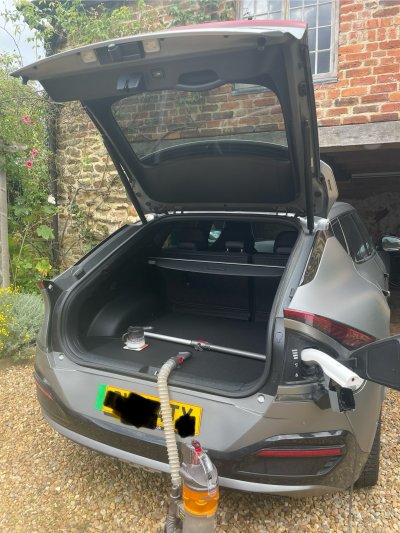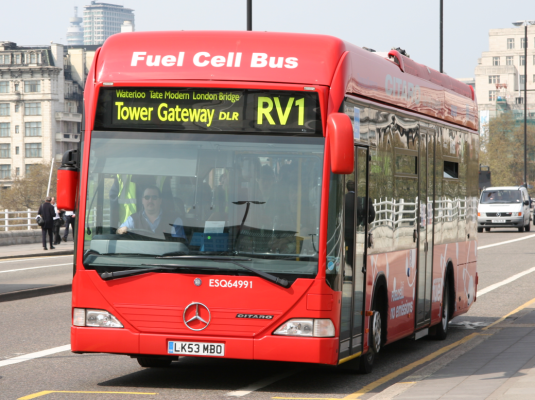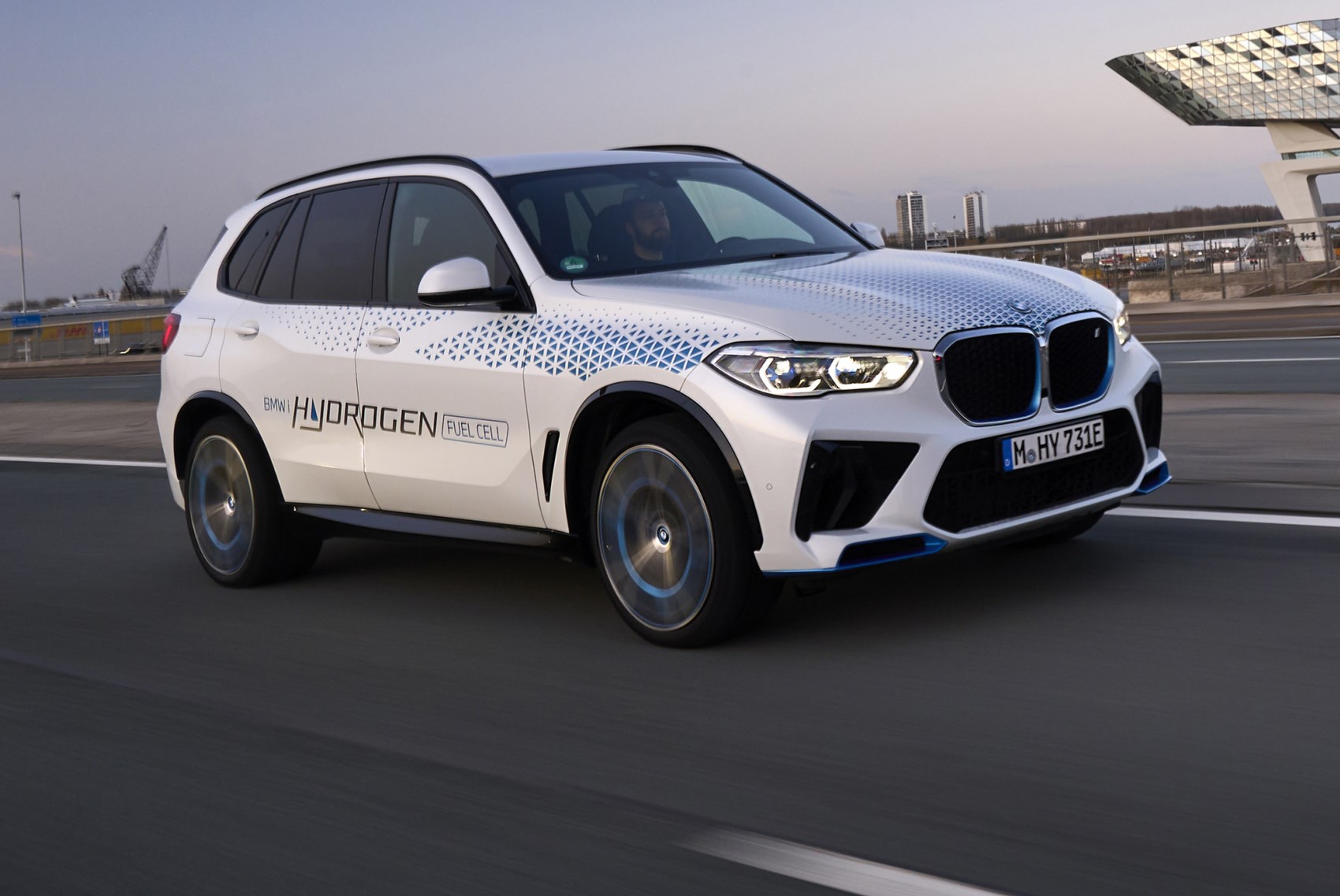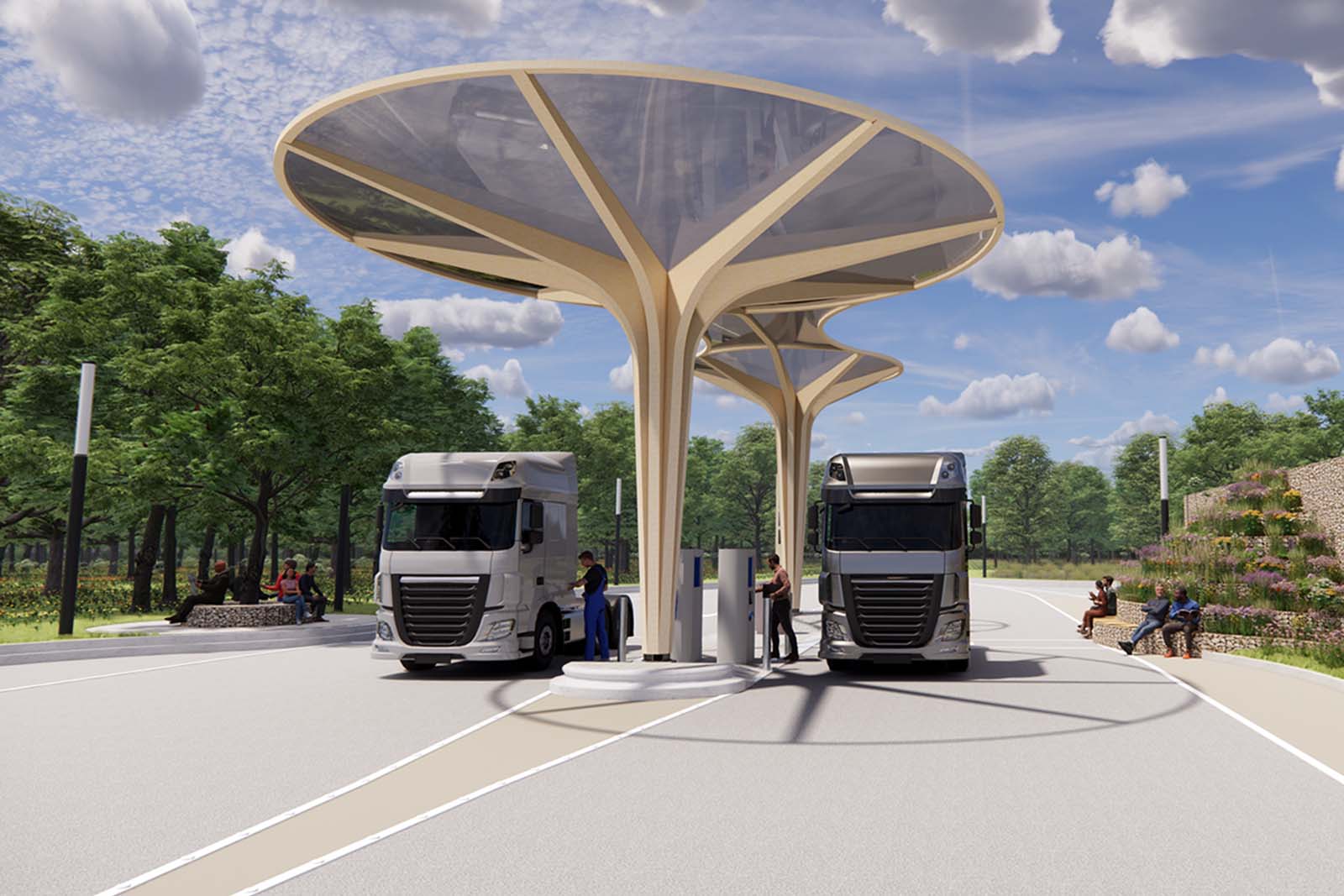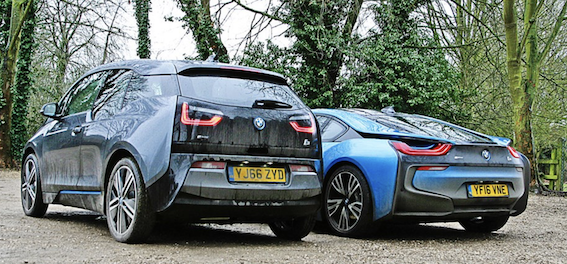BMW knows BEVs have their place (it would help to think that way, given the brand is selling quite a few of them these days), but certain use cases suggest a hydrogen fuel cell car is the answer. If you’re a regular long-distance traveller, find it impossible with your current living conditions to have a home charger, live in cold climates or regularly tow heavy loads, BMW says a FCEV is a better option.
BMW also claims a FCEV needs 100kg less raw materials than a BEV does and 90 per cent less ‘critical raw materials’ are needed in a hydrogen fuel cell powertrain over a BEV battery.
The brand also points to studies and directives within Germany and the European Union that suggest that including FCEV cars in the powertrain mix will actually be cheaper overall than purely focusing on BEVs for passenger car use. Why? Because existing petrol stations can be modified to include H2 pumps and don’t require massive infrastructure upgrades like banks of new EV chargers would require.
‘You would basically have to upgrade the whole grid in order to actually supply all of that energy, and the whole system needs to be designed for peak loads. The whole system needs to be upgraded and that cost goes up the more cars there are to charge,’ says Guldner. ‘With hydrogen filling stations, it’s the opposite. In the beginning, it’s very expensive as you need a basic network of stations to get the whole thing going. But then the cost curve is pretty linear as each station costs the same, but we expect that the price of stations will go down with economies of scale.’
But isn’t a big flaw that lack of infrastructure, though?
Yes – just like it was with EVs 20 years ago. Despite the process of refilling a hydrogen fuel cell car taking about as long as a petrol or diesel combustion engine car, BMW says there are just 12 operational hydrogen filling stations in the UK. The country with the largest number of stations in Europe is Germany with 105, while China has more than 300.
The European Union has kicked off a directive as part of its climate neutrality goals to build a hydrogen filling station every 200km ‘and at every urban node’ by 2030. While the UK has its own climate neutrality goals, it’s not quite so clear how a hydrogen filling station will develop. Air Products – a company selling gases for use in industry – has a filling station at Hatton Cross in the UK (where we filled up the iX5, pictured above) and intends to build more in the UK. Ditto a company called Element 2.
But, just like the development of electric cars and their respective infrastructure, there’s still some way to go.
How does BMW plan on rolling this out, then?
BMW aims to do so in a very similar way to its electrification strategy. Guldner points out that BMW Group’s investigations into battery-electric cars started around 2007 with the Mini E and BMW ActiveE pilot schemes, with the brand’s first electric production car (the i3) being launched around seven years later. BMW’s EV rollout – which is happening right now with cars like the iX3, i4, iX and i7 – is, according to Guldner, testament to how polished the development process and a rough timeline guide for a range of fuel cell cars.
‘We’re at the pilot stage with this iX5, with a few dozen vehicles all around the world,’ says Guldner, ‘and this is a preparation for a possible market introduction or possible mass product later in this decade. We haven’t decided what model or the exact date yet, but we think the conditions will be right sometime within this decade. Which then would mean a possible rollout in the 30’s across more models.’

